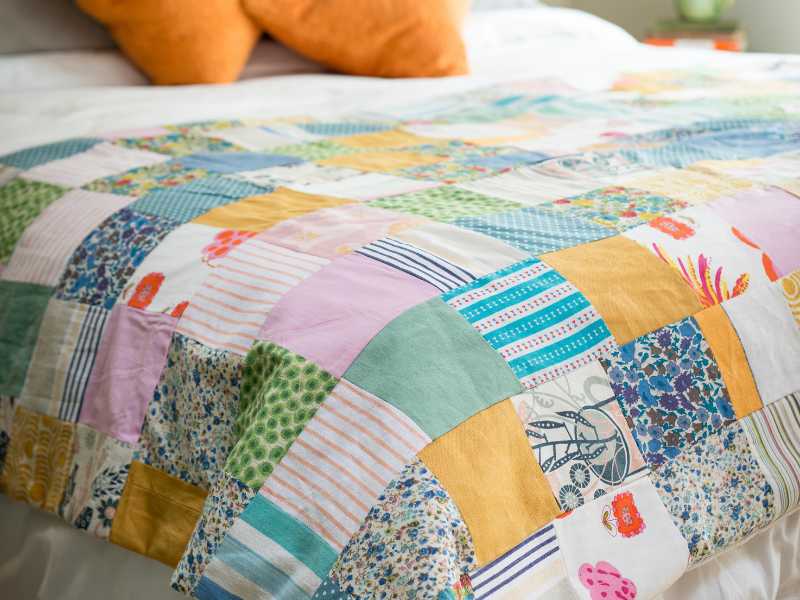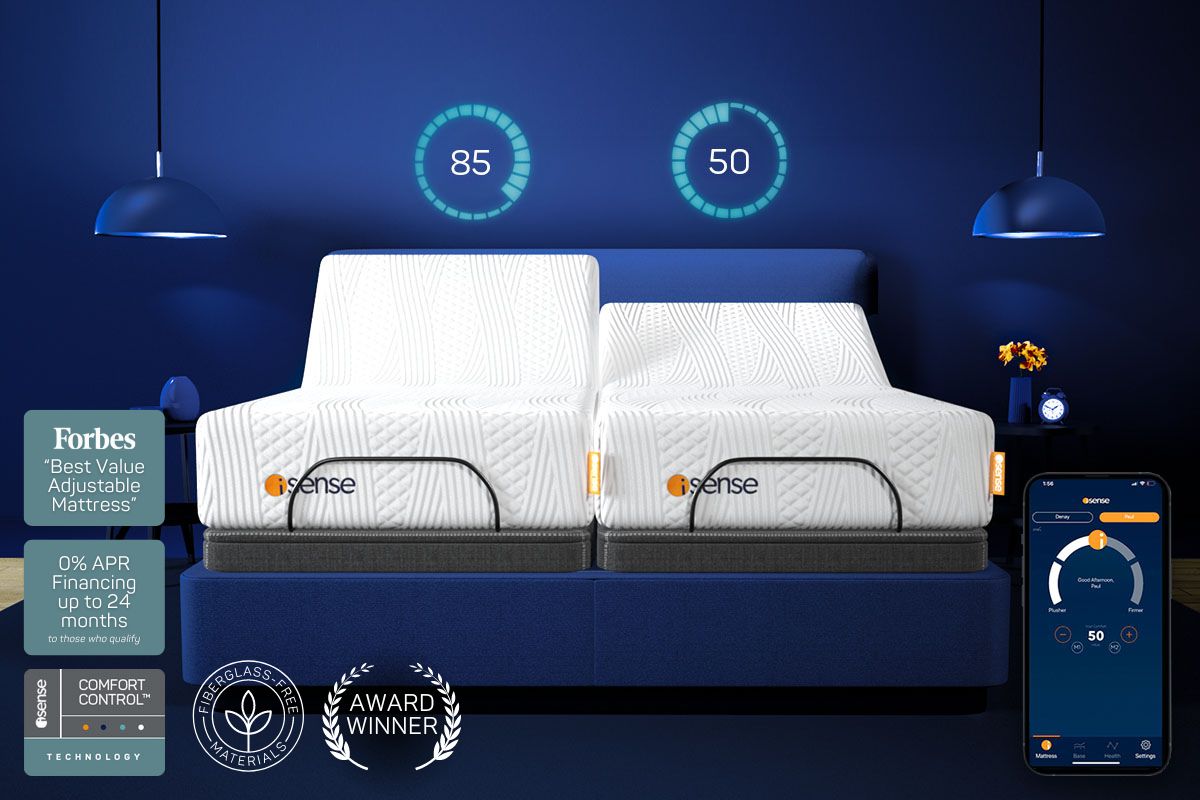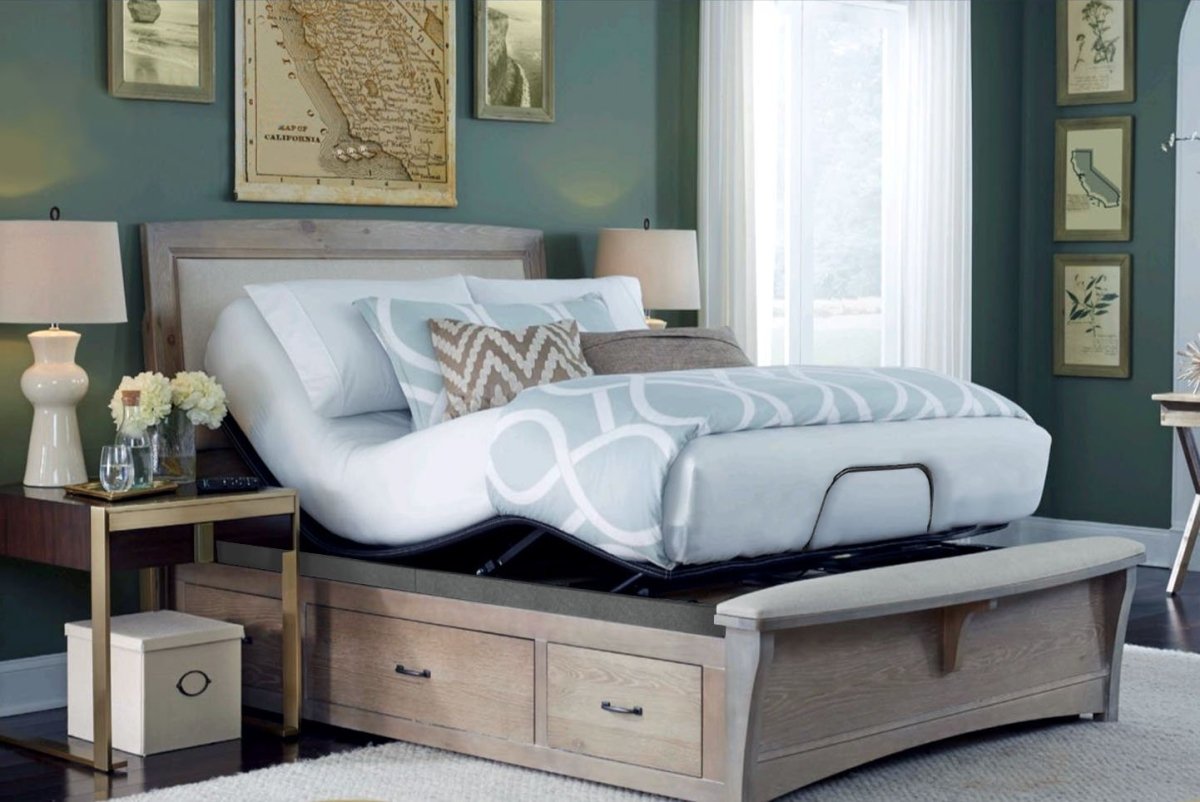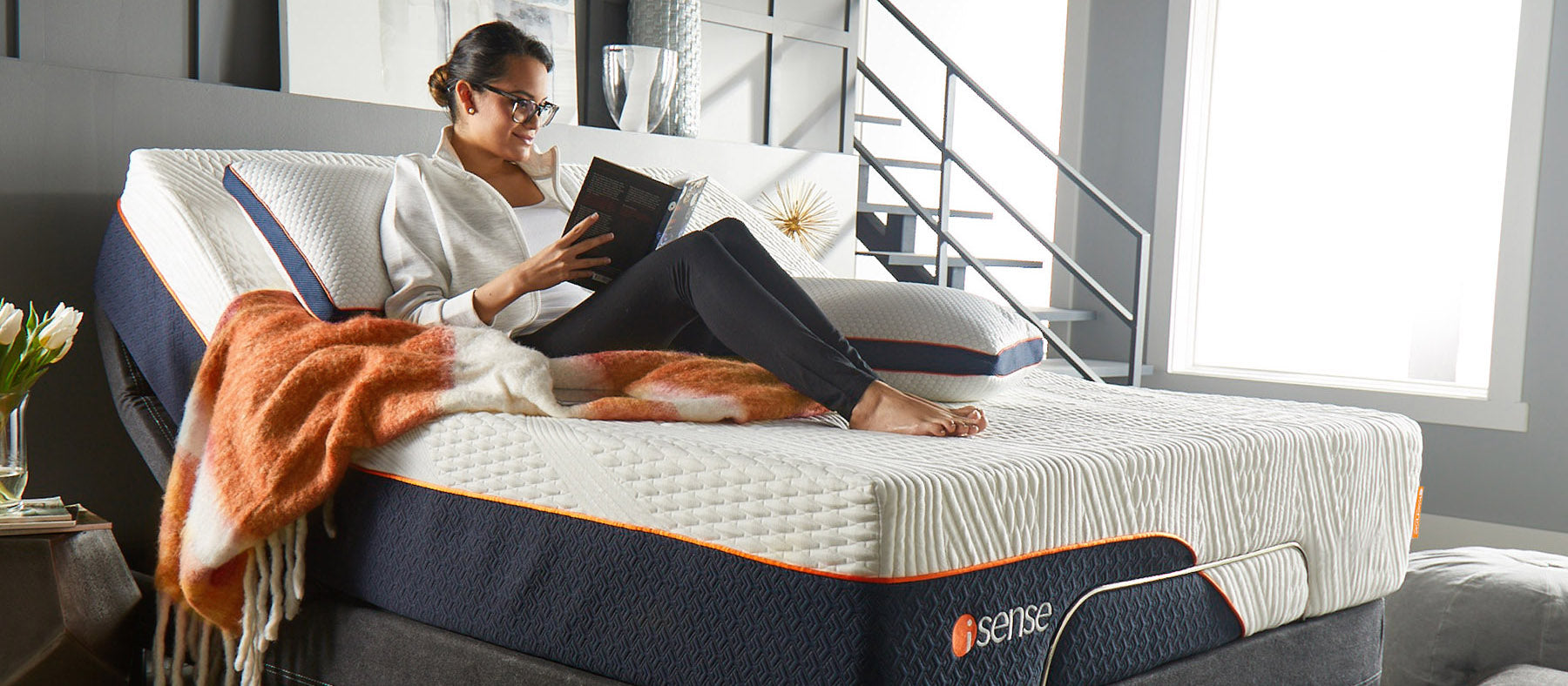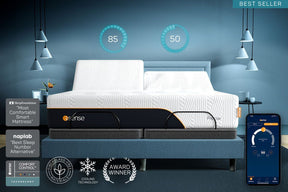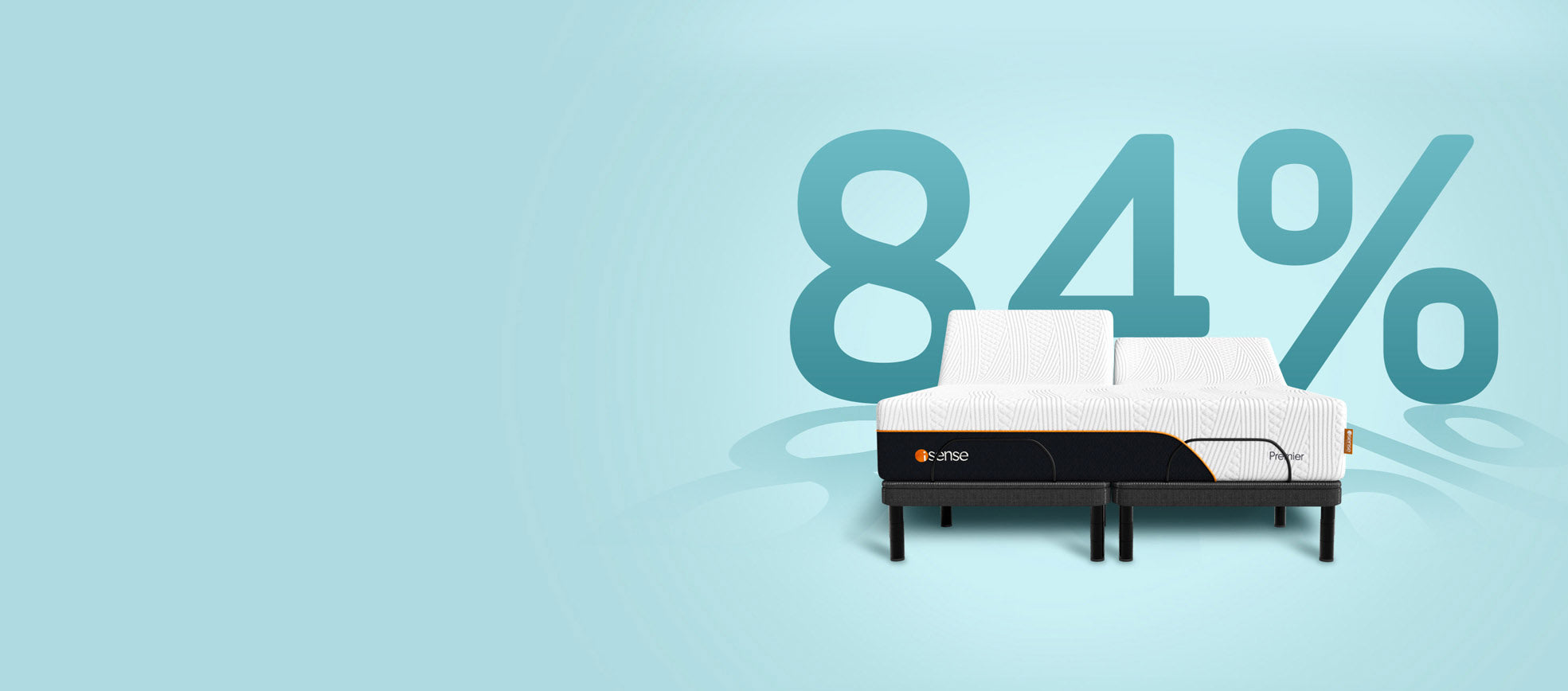Quilt vs Comforter: Understanding the Differences for Cozy Sleep
When choosing bedding, comfort is a priority, but understanding the different options available can help make your decision easier.
Quilts and comforters, while both provide warmth, have distinct characteristics that cater to different needs and preferences.
Quilts are traditionally a three-layered piece of bedding with a woven cloth top, a layer of batting, and a woven back, stitched together. They are known for their decorative appeal and lighter weight, making them a popular choice for those in warmer climates or for individuals who prefer less bulk.
Meanwhile, comforters are thicker and fluffier than quilts and are typically filled with synthetic fiber or natural down. The filling is usually secured with stitching that evenly distributes it across the comforter. This provides a uniform look and an even distribution of warmth.
Designed to be used as a standalone item on top of sheets, comforters come with a variety of fill weights, allowing users to select the level of warmth and bulk they need.
The difference in construction between quilts and comforters translates to differences in application, warmth, care requirements, and styling.
Whether the preference is for the lightweight, artistic designs of quilts or the plush, cozy embrace of comforters, the choice ultimately depends on personal comfort and aesthetic preferences.
Comparison of Quilts and Comforters
In bedding choices, quilts and comforters serve as top layers with distinct characteristics regarding material, design, and warmth that affect sleep quality.
Definition and History
Quilts, traditionally hand-sewn, consist of three layers – a top decorative layer, a middle layer of batting for insulation, and a bottom layer of fabric. Quilts often have a classical aesthetic with designs, such as patchwork, that reflect a storied history.
Meanwhile, comforters are a type of bedding distinguished by a fluffy two-layer construction, typically filled with synthetic fibers like polyester or natural materials like down for insulation. Comforters gained popularity for their simplicity and warmth, becoming a staple in modern bedding.
Material and Construction
The material and construction of these bedding types are significant.
Quilts are known for their complex stitching patterns and lightweight fabric, whereas comforters often feature a baffle-box design that keeps the filling evenly distributed and maintains plushness.
- Quilts: Often cotton, sometimes wool or polyester, stitched together in layers.
- Comforters: Typically incorporate down or down alternative fill between two layers of fabric.
Design and Style
Quilts exhibit a range of designs from ornate and patchwork to simpler, solid colors. They are flatter and can be reversible which provides versatility in bedroom decor.
Meanwhile, comforters come in various styles, often in bold or solid colors and coordinate easily with a room's aesthetic.
Warmth and Insulation
The warmth provided by quilts and comforters varies significantly:
- Quilts: Less insulating, suitable for warmer climates or as an additional layer.
- Comforters: Generally more insulating and better for colder nights, have a thicker loft.
Comfort and Sleep Experience
The sleep experience is primarily subjective, but the distinction between these bedding types is apparent.
Quilts tend to be lighter and suitable for hot sleepers, offering a cool and airy feel. Meanwhile, comforters provide a cozier and heavier sensation, often preferred for their softness and comfort.
Care, Durability, and Cost Considerations
When choosing between quilts and comforters, it's essential to consider the ease of care, expected durability, and cost—all factors which affect long-term satisfaction and value.
Maintenance and Care
Quilts are often machine-washable, convenient for regular upkeep. They can typically fit into a standard home washing machine, while some comforters, especially bulkier models, might require a high-capacity washer or professional dry cleaning.
Duvet covers can be a beneficial investment as they are easily removed and washed, protecting the more elaborate duvet or comforter inside, which may not be machine-washable.
Longevity and Durability
The durability of a quilt or comforter often correlates with the quality of its construction.
Handmade quilts are revered for their craftsmanship, which can result in superior longevity if properly maintained.
Meanwhile, comforters with down fill or high-quality synthetic alternatives may be fluffier and provide warmth without weight, but may also require more delicate care to maintain their structure over time.
Warranty offerings can also be an indication of a product's longevity.
Price and Budgeting
Price varies widely with comforters—luxurious options featuring premium fills and fabrics cost significantly more.
The cost of a quilt can also range, with handmade quilts often priced higher due to their detailed craftsmanship.
For those on a restricted budget, a quilt or comforter as part of a bedding bundle can be cost-efficient.
Personal preference plays a significant role in this decision, balancing initial cost considerations with potential durability and care requirements.







